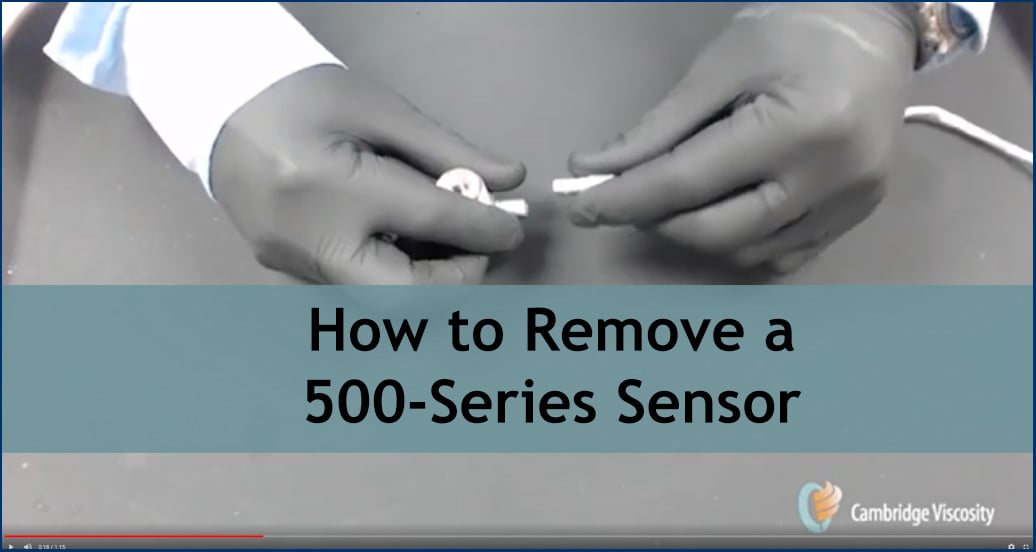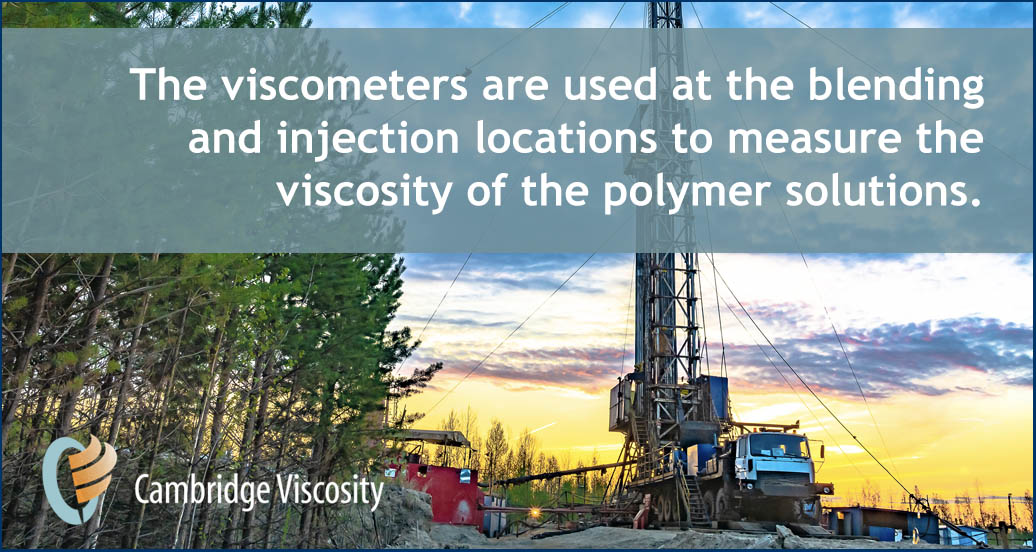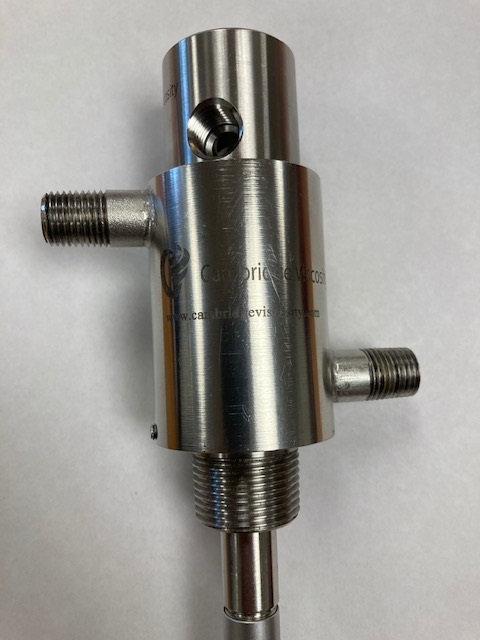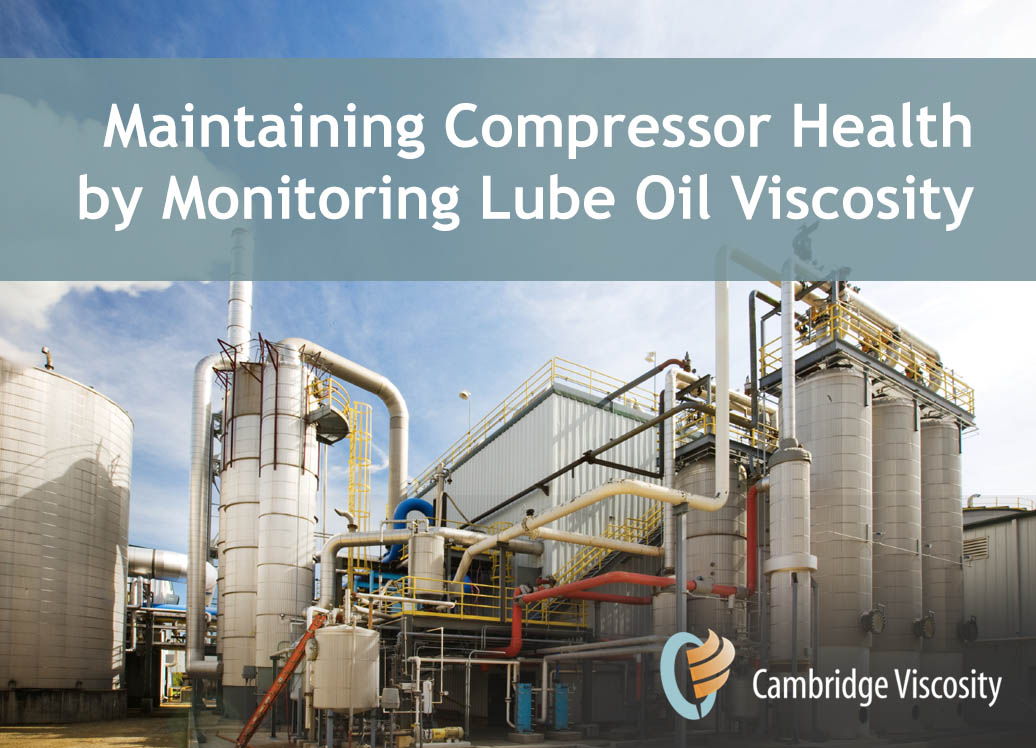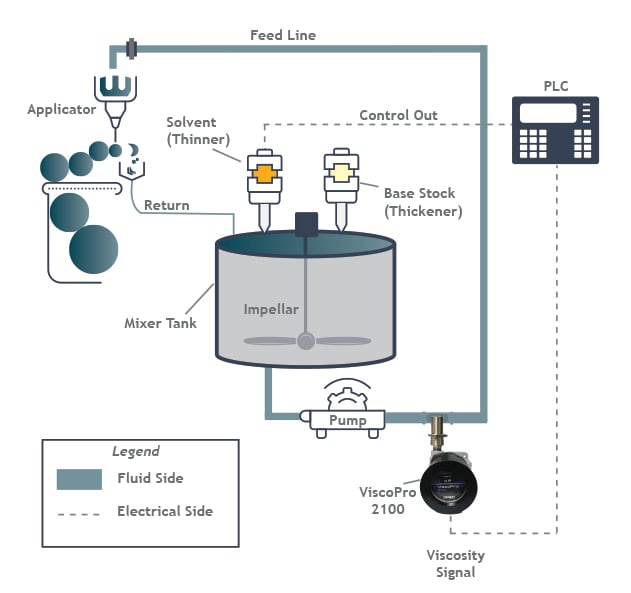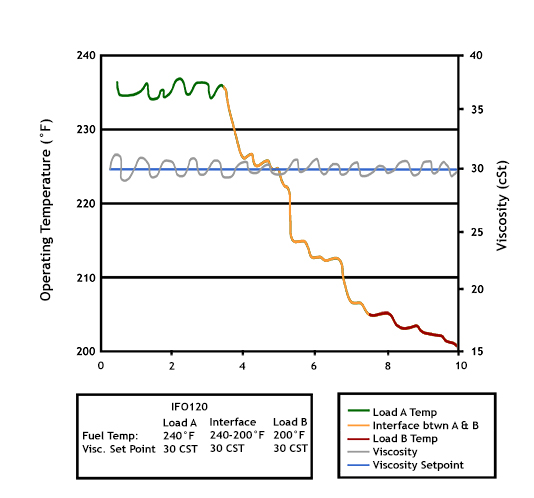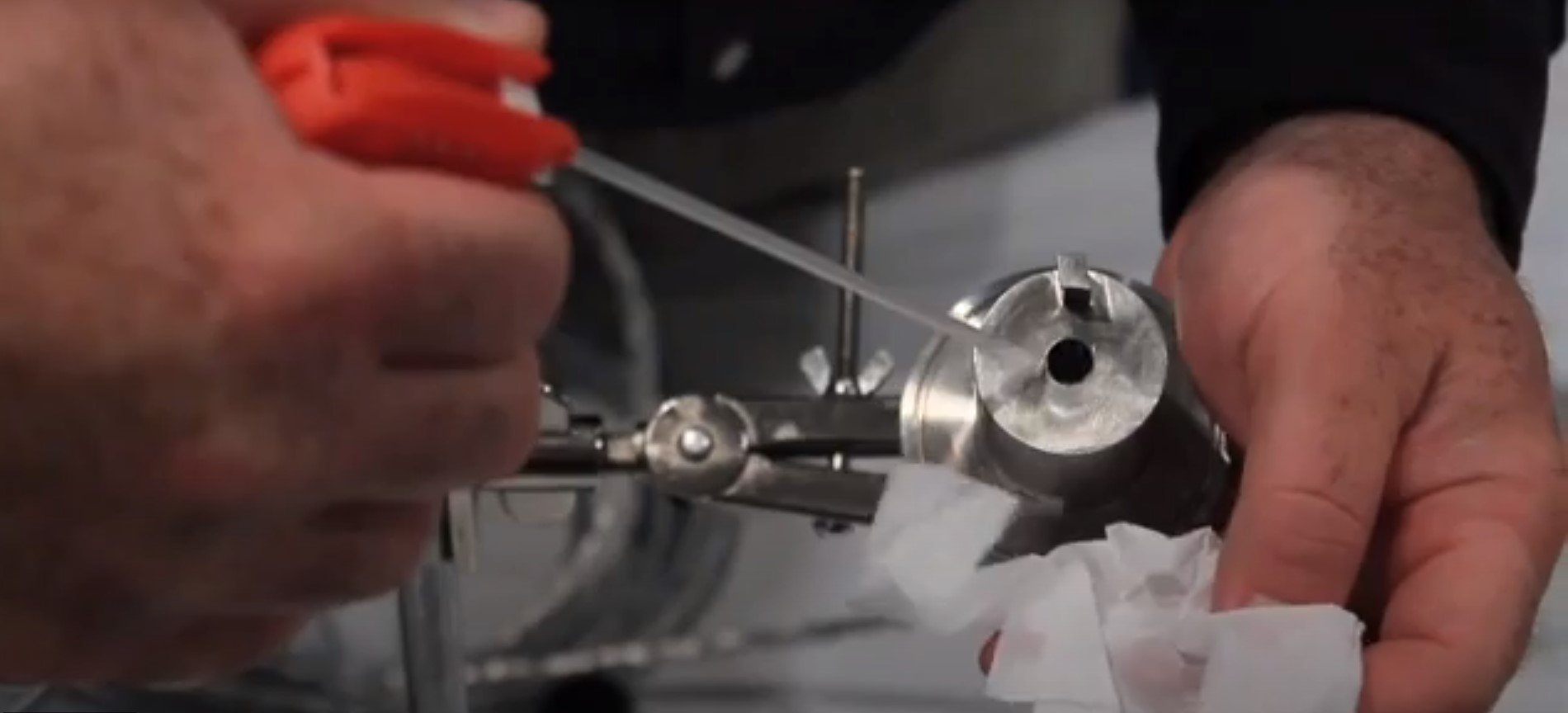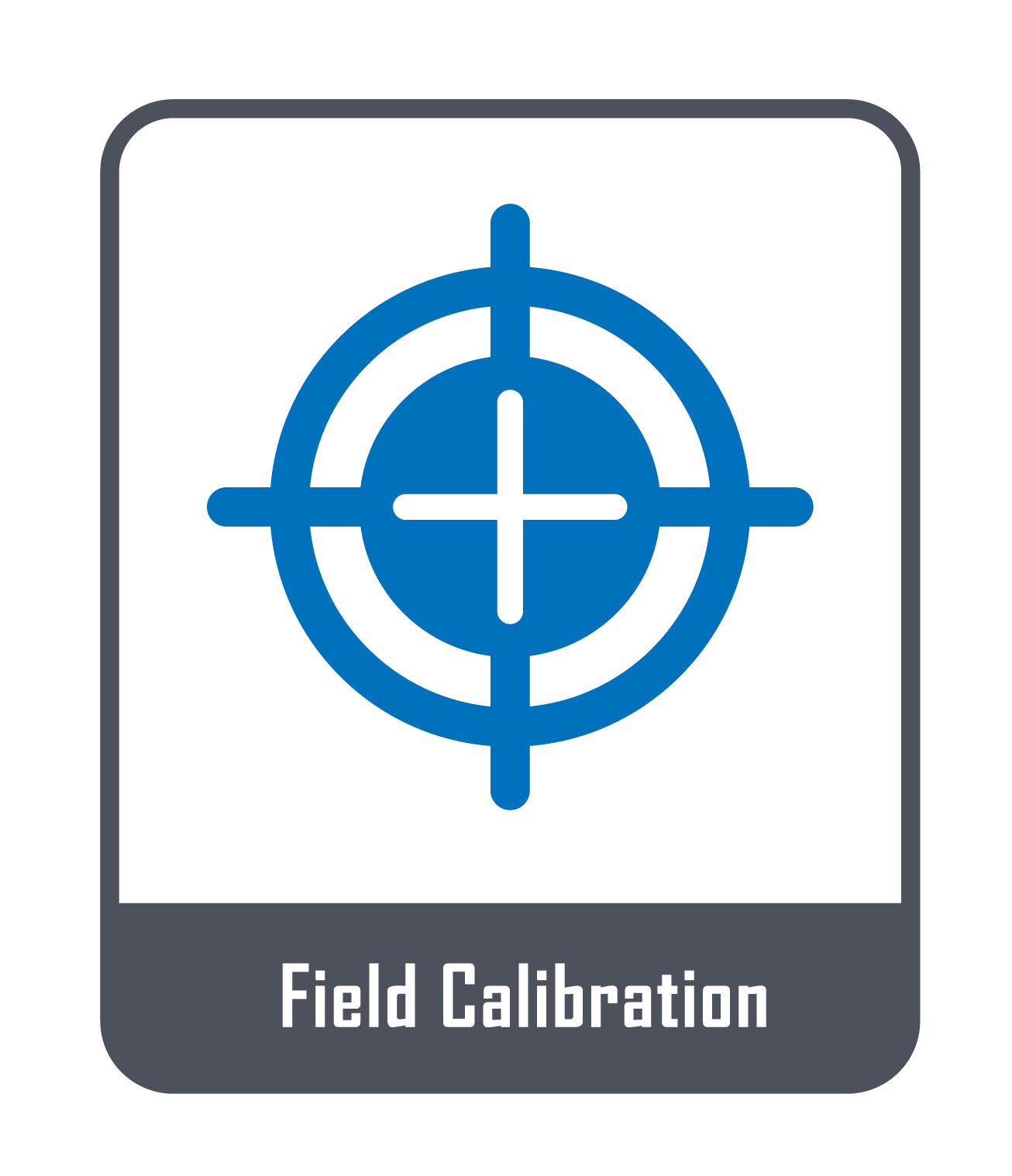There are many different viscometer technologies and all have their merits, depending on the application.
Before you go and talk to any manufacturers, it is important that you know your application specifications and you need to know what to ask so you don’t end up with an expensive paperweight. This guide will help you gather your information upfront so when you do reach out, we can assist you quickly and effectively.


